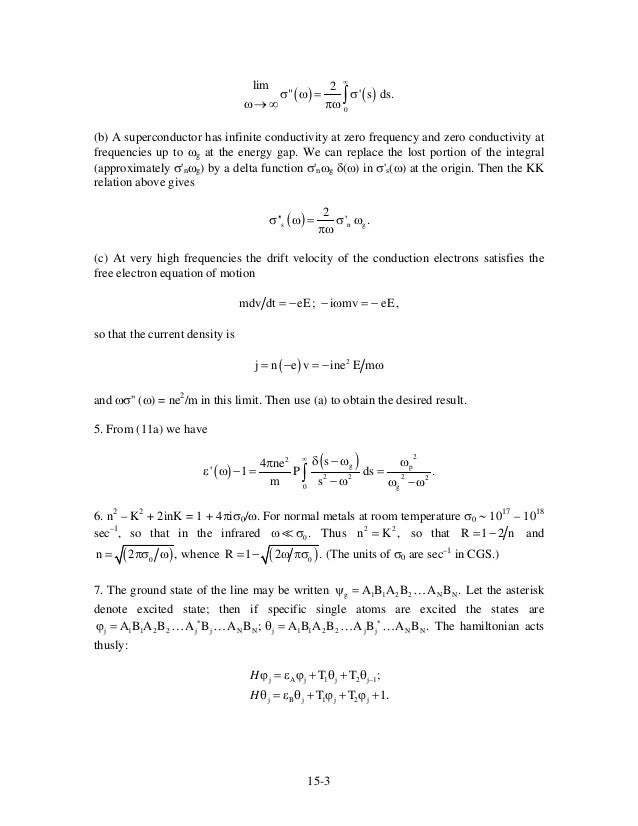Hofmann Solid State Physics Solution Manual
Nov 28, 2011 Description Filling a gap in the literature for a brief course in solid state physics, this is a clear and concise introduction that not only describes all the basic phenomena and concepts, but also discusses such advanced issues as magnetism and superconductivity.
. Aland Islands. Albania. Andorra. Armenia.
Austria. Azerbaijan. Belarus. How to create scorm package. Belgium.
Bosnia and Herzegovina. Bulgaria. Croatia.
Cyprus. Czech Republic. Denmark. Estonia.
Finland. France. Georgia.
Germany. Gibraltar. Greece.
Greenland. Holy See (Vatican City State).
Hungary. Iceland.
Ireland. Italy. Latvia. Liechtenstein.
Lithuania. Luxembourg. Macedonia. Malta. Moldova.

Monaco. Montenegro. Netherlands. Norway. Poland.
Portugal. Romania. Russia. Serbia. Slovakia. Slovenia. Spain.

Sweden. Switzerland. Turkey.

Ukraine. United Kingdom.
American Samoa. Australia.
Bangladesh. Bhutan. British Indian Ocean Territory. Brunei. Cambodia. China.
Christmas Island. Cocos (Keeling) Islands. Cook Islands. Fiji.
Guam. Hong Kong. India.
Indonesia. Japan. Kazakhstan. Korea (the Republic of). Kyrgyzstan. Laos.
Macao. Malaysia. Maldives. Mongolia. Myanmar.
Nepal. New Zealand. Pakistan. Papua New Guinea. Philippines.
Ashcroft Solid State Physics Solutions
Samoa. Singapore. Solomon Islands. Sri Lanka. Taiwan.
Tajikistan. Thailand. Timor-Leste. Tonga.
Turkmenistan. Uzbekistan. Vanuatu. Vietnam. Description Filling a gap in the literature for a brief course in solid state physics, this is a clear and concise introduction that not only describes all the basic phenomena and concepts, but also discusses such advanced issues as magnetism and superconductivity. This textbook assumes only basic mathematical knowledge on the part of the reader and includes more than 100 discussion questions and some 70 problems, with solutions as well as further supplementary material available free to lecturers from the Wiley-VCH website. About the Author Philip Hofmann studied physics at the Free University, Berlin and did his PhD research at the Fritz-Haber-Institute of the Max Planck Society, also in Berlin.
He stayed at the Oak Ridge National Laboratory, USA, as a Feodor Lynen Fellow of the Alexander von Humboldt Foundation. In 1998, he moved to the University of Aarhus, Denmark, where he is associated with the Synchrotron Radiation Source and the Interdisciplinary Nanoscience Center (iNANO).
His research is primarily focused on the electronic structure of solids and their surfaces.